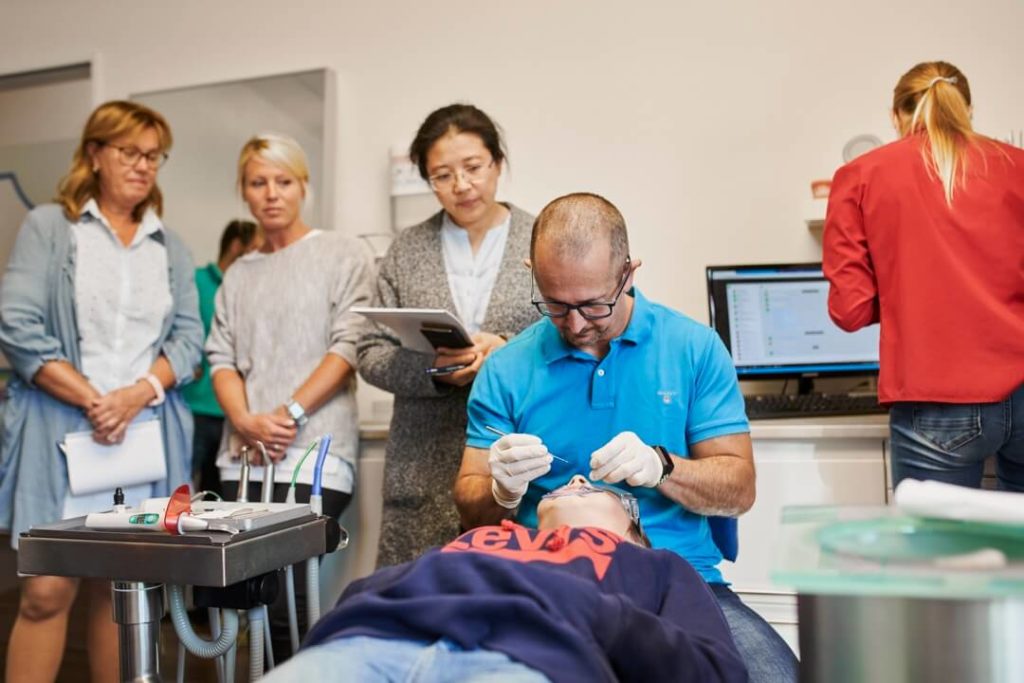Healthcare, like any other major work sector, abides by the creative need to constantly evolve and advance. Problems with delivering quality and value to the patients are a prime reason why many members of the healthcare industry are now opting to redesign the way they deliver healthcare through lean management.
Originally developed in the manufacturing sector by Toyota, the principles of lean continue to impact other areas of work, especially the hospital and healthcare system. In recent years, the lean methodology has been increasingly adopted by healthcare facilities as a means to improve efficiency, rein in costs, eliminate waste, and design physical layouts.
The lean philosophy and healthcare
In healthcare, we are not so much so dealing with production processes than we are with services, hence “lean thinking” and “lean production” may be used in tandem. Work environments that have incorporated lean management principles are entirely patient-focused. This means that the area of priority lies in increasing customer satisfaction and doing so profitably.
However, deploying lean in the service area differs greatly and is associated with different requirements than applying it to production since the patient is intimately involved in the entire process and not just at the receiving end as is a customer. Therefore, lean components are more individual and no longer objectively measurable than in the production area.
In the service area, some other components are sometimes more deliberately examined such as:
- Presence, accessibility, availability, tangibility
- Dependability
- Attention, helpfulness
- Reassurance (Does everything work as it should?)
- Empathy
Application of lean principles to orthodontics
The concept of lean healthcare deals with the application of “lean” ideas in healthcare facilities to reduce waste in every process, procedure, and task while also maintaining an ongoing system of improvement. However, a straightforward industrial process philosophies of the Toyota Production System cannot be transferred to complex patient situations.
That being said, the lean production system is highly adaptable to all industries and their work cultures. This is because lean is not focused on the product, but instead on the people who make it. In the context of orthodontics, we are not only dealing with service but also the production, connecting the dots from the fabrication of single brackets and braces to creating beautiful teeth and a perfect smile.
Furthermore, the complexity of lean application in the orthodontic field relies on the interaction with the customer or the patient and their parents, who in turn are customers. In this respect, a combination of lean methods from production and service is necessary to inculcate values of reliability and quality and discouraging easily avoidable waste.
Benefits of lean management in healthcare
One of the major reasons for the general reluctance to adopt lean in healthcare is the disillusioned premise that streamlining processes and reducing costs could in fact lower the quality of care for the patients. However, the opposite is true. While many redesign projects have been undertaken in the past with varying and elusive degrees of success, various publications renounce lean methods and redesign as “highly effective.”
Evidence-based research has concluded that the lean management system allows a successful reduction in patient’s length-of-stay, reduction in the emergency department waiting times, reduction in cost, improvement in the safety and quality-of-care, and improvement in physical work environments for healthcare professionals.
Despite the massive popularity of lean in the manufacturing workspace, only about 13.3 percent of companies active in the healthcare sector in America and Great Britain have implemented lean thinking. Significant work is still needed in the implementation of lean principles in the day-to-day practice of dentists.

